|
Human Dander
Human tends to be more equant, polyhedaral, and with low or no birefringence.
The birefringence is due to stress and will not be unidirectional
or the same over the cell or cells that make up the particle. They are flat
flakes, often with no birefringence and tend to have sharper angles with
straighter edges. It is often the single most common particle in a home
environment. It is typically one of the top three particles in an office
environment.
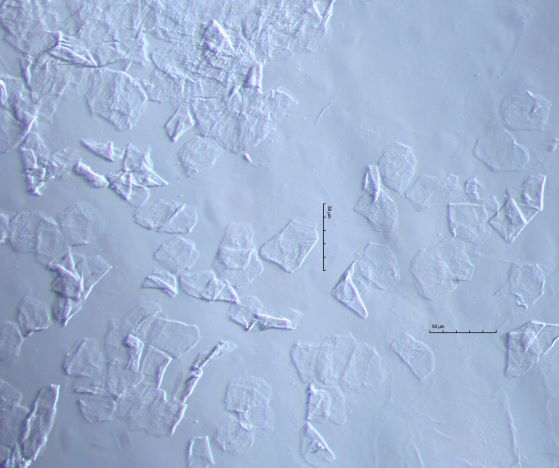
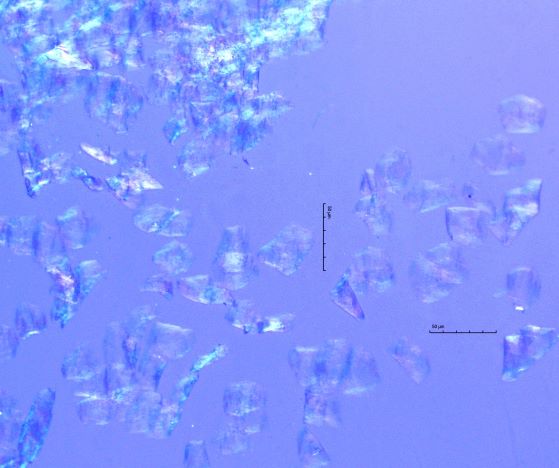
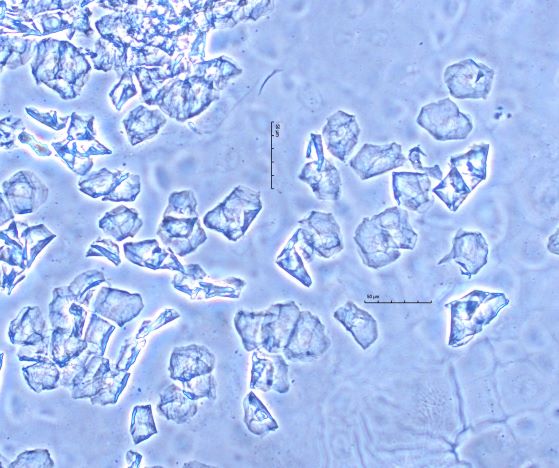
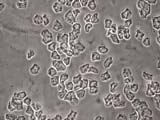
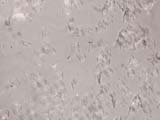

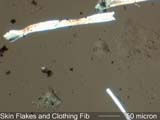
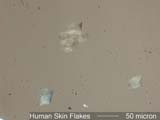
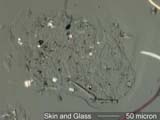
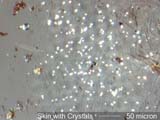
Dog Dander
Dog Dander is a common particle in many indoor environments. It can be easily
identified by its elongated
shape and birefringence, which is higher than human or cat dander. It can be
more common in the house dust of a dog owner
than human dander in the home. In offices and classrooms it is one of
the "track-in" particles that come in on the clothing of a dog owner. It is
occationally quite high in a
sample, which generally indicates a service dog is present. The most common
look-alike is fine sawdust.

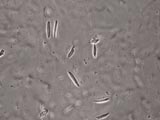
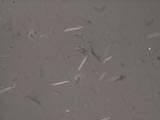
Cat Dander
Cat dander tends to be more triangular and elongated in shape than human
dander and with rounded corners. The apex of the particle is the
smallest angle tends to have the highest birefringence. Cat dander is less
common in a cat owners household than dog dander in the home of a dog
owner. It is also less common in office environments, though it is
frequently present at low levels. More people tend to be allergic to cat
dander
than to dog dander so it can be an issue even at low levels.
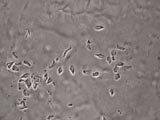

Bird Dander
Bird dander tends to be crescent or "C" shaped. Its birefringence is similar
to dog dander, around 0.01.
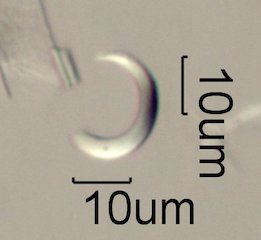
|